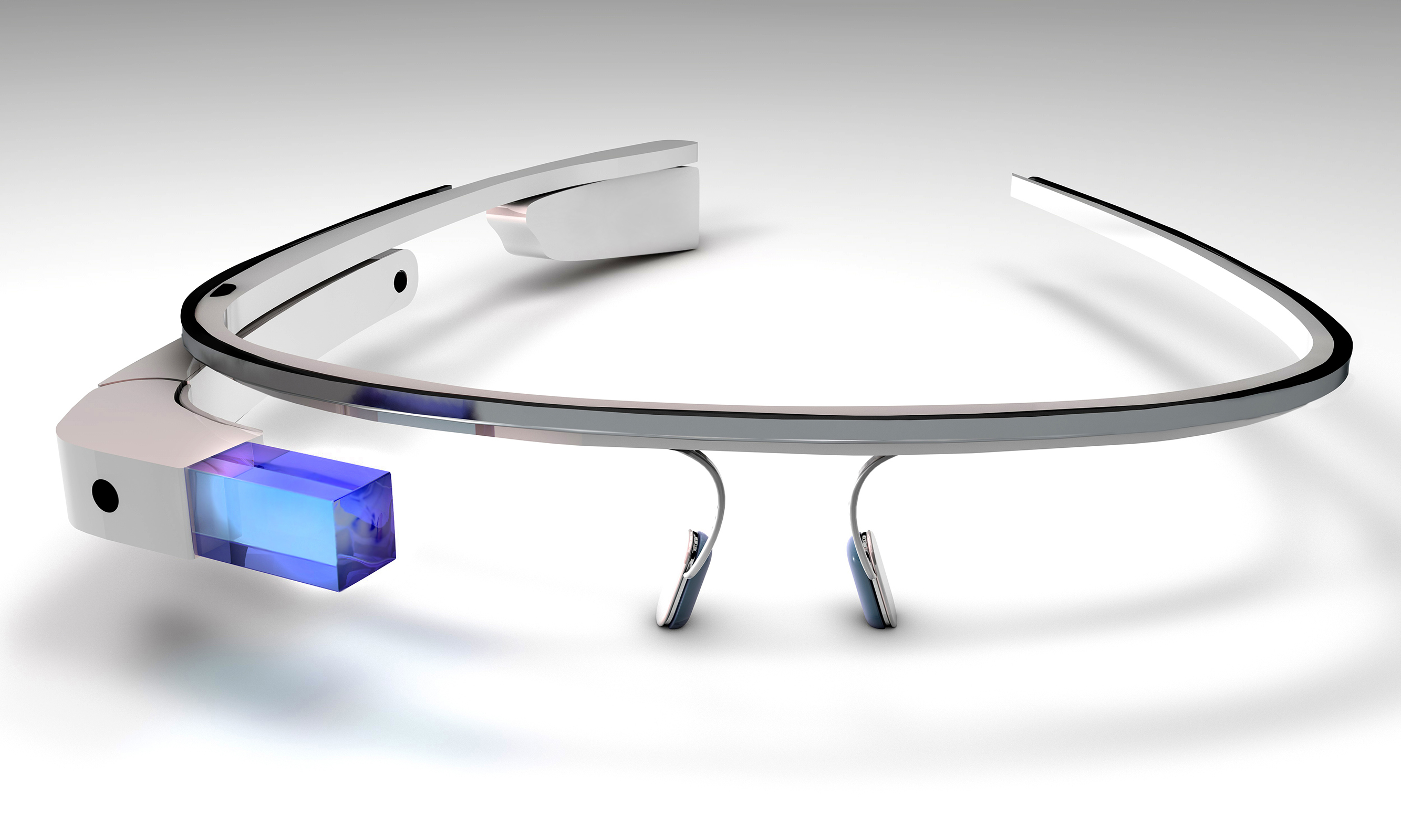CURIOSITY & WONDER
Augmented Reality
Picture yourself in a boat on a river
With tangerine trees and
marmalade skies…
In 2009’s Star Trek, the art department put a window on the bridge of the starship Enterprise. But it wasn’t just any window: this one overlayed all kinds of useful sensor telemetry, tactical data, forehead aliens, and more. We call this “augmented reality.”
And like so many things depicted in science fiction, augmented reality is, well, already reality. We see it in video games like Pokemon Go, and use it to add virtual costumes to our faces in Snapchat. In a more productive use of the technology, L’Oréal is letting customers experiment with cosmetic products using AR apps. So is Acura.
What does that have to do with business-to-business marketing? Nothing. Or maybe everything. I don’t know, exactly, but I can imagine — and dare I say hope …

Tradeshows
Today tradeshow booths are very restrictive. In a 10×10 space, you need to fit a display booth, maybe some bannerstands, a table with collateral, a demo station, and of course, people. But I imagine an empty booth. A prospect walks in wearing glasses given to her when she arrived at the show, and she sees an incredible environment. Overlaying chromakey drapes are displays filled with information about my product. In the course of conversation, I can change the environment, tailoring things for her particular needs, and sending relevant documents to her device to review later.
Software
Many of us think of interactivity in very rigid ways. We input and access data in much the same way over and over again. A form on a screen, a keyboard to type on, a mouse to click with. But all that can change with augmented reality. What if your customers’ displays could be anywhere they are. An insurance adjuster reviewing a site could have automatic details of a claim superimposed for instant recall — or even better, if it’s paired with visual recognition software, the augmented reality engine could scan the property and start feeding relevant information (like the resale value of a damaged vehicle) and pull up forms that the adjuster can “fill in” vocally. So if any of our clients out there happen to be reading this: augmented reality will differentiate you in a hurry.
Websites
It’s a funny thing to think of, but websites as we know them today have been around for nearly 30 years. And yet we interact with them in mostly the same ways we did back then. Isn’t it time for something new? Augmented reality can be it. Content could be arranged so much more efficiently, allowing for more natural interactions and richer media experiences. Demos could be absolutely amazing, showing prospects exactly what it would be like to work with your product. Sure, some of this is possible with the more traditional screen environment, but a there’s something to be said for scope. Augmented reality can be for demos what planetariums are for starcharts.

Final Thoughts
The future — or the present — is really fun to imagine. But it needs to be grounded in reality (no pun intended). I learned long ago that the best ideas always came from my clients, who would probably say the same. Necessity is the mother of invention. So I ask you all now: what do you need, and what do your clients need? How can augmented reality help meet some of your creative goals? Sound off in the comments below. Let’s dream together, and then call OCG so we can work together too.

About the Author
Jonathan D. Spiliotopoulos is a Partner with O’Brien Communications Group (www.obriencg.com), a business-to-business brand-management and marketing communication firm with responsibilities ranging from brand creation and creative concepting, to graphic design, web development, and more. He’s also an experienced teacher/trainer, presenter, a newbie dad, and is active in a number of communities and forums — online and in the real world — dedicated to helping others achieve their goals.

0 Comments